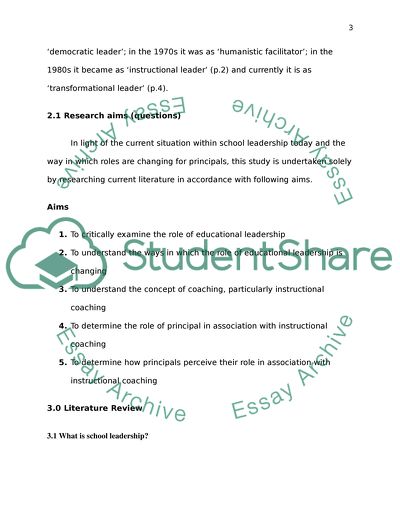Cite this document
(“Principal Perspective from Coaching Teachers lessons Thesis”, n.d.)
Retrieved from https://studentshare.org/finance-accounting/1410400-principal-perspective-from-coaching-teachers
Retrieved from https://studentshare.org/finance-accounting/1410400-principal-perspective-from-coaching-teachers
(Principal Perspective from Coaching Teachers Lessons Thesis)
https://studentshare.org/finance-accounting/1410400-principal-perspective-from-coaching-teachers.
https://studentshare.org/finance-accounting/1410400-principal-perspective-from-coaching-teachers.
“Principal Perspective from Coaching Teachers Lessons Thesis”, n.d. https://studentshare.org/finance-accounting/1410400-principal-perspective-from-coaching-teachers.


